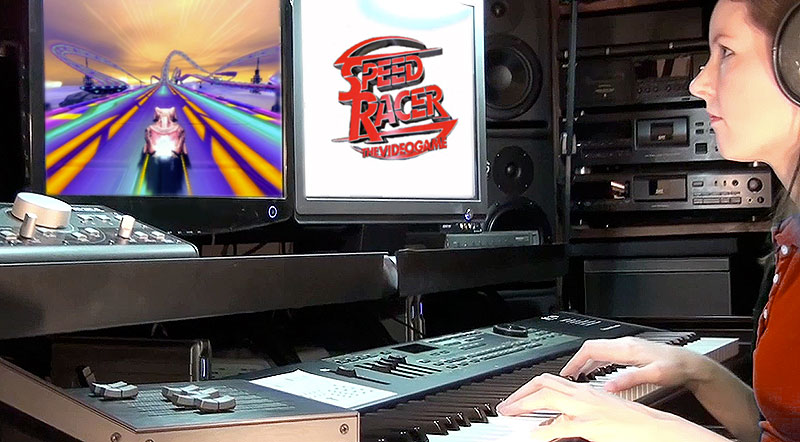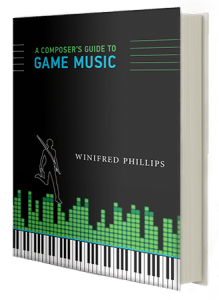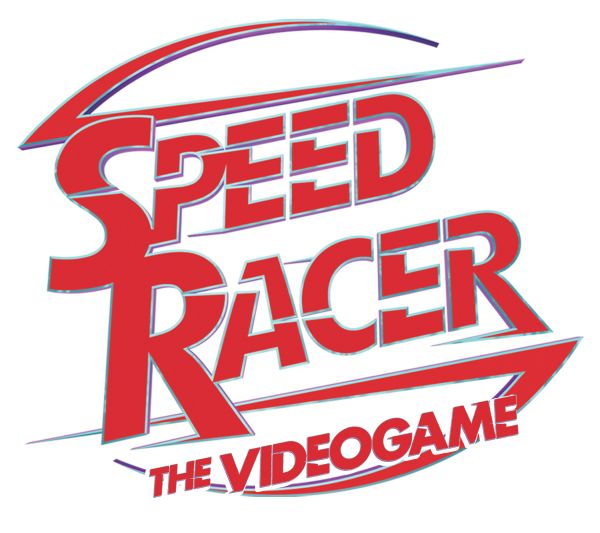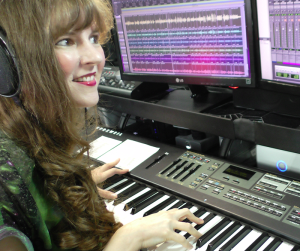Trending
Opinion: How will Project 2025 impact game developers?
The Heritage Foundation's manifesto for the possible next administration could do great harm to many, including large portions of the game development community.

Featured Blog | This community-written post highlights the best of what the game industry has to offer. Read more like it on the Game Developer Blogs or learn how to Submit Your Own Blog Post
Game music composer Winifred Phillips breaks down popular techniques for musical interactivity, including music examples and a video tutorial showcasing techniques from one of her projects (The Speed Racer video game from Warner Bros. Interactive).


Interactive music is always a hot topic in the game audio community, and newcomers to game music composition can easily become confused by the structure and process of creating non-linear music for games. To address this issue, I produced four videos that introduce aspiring video game composers to some of the most popular tactics and procedures commonly used by game audio experts in the structuring of musical interactivity for games. Over the next four articles, I'll be sharing these videos with you, and I'll also be including some supplemental information and accompanying musical examples for easy reference. Hopefully these videos can answer some of the top questions about interactive music composition. Music interactivity can be awesome, but it can also seem very abstract and mysterious when we're first learning about it. Let's work together to make the process feel a bit more concrete and understandable!
In this first video (embedded at the end of this article), you'll see that I've used examples from one of my projects, the Speed Racer video game from Warner Bros. Interactive (pictured above). The Hollywood Music in Media Awards nominated my music from the Speed Racer video game in the category of Best Original Score for a Video Game. The music of the Speed Racer game also incorporated lots of interactivity, so it's a great example for us to explore. In the video I used Pro Tools as an easy way to break down the Speed Racer game music and visually identify the components in an interactive musical construct called "Horizontal Re-sequencing." We've talked about this interactive music technique in previous articles but just in case some of us haven't come across this subject before, let's pause a moment to define it. In my book, A Composer's Guide to Game Music, I introduced the section about horizontal re-sequencing with the following paragraph:
 "In music, we mentally picture the ephemeral concept of time as a horizontal phenomenon, moving inexorably from left to right (like the notes on a musical staff). Likewise, most audio editing software visually presents audio as a waveform moving horizontally from left to right. The fundamental idea behind horizontal re-sequencing is that when composed carefully and according to certain rules, the sequence of a musical composition can be rearranged. This process occurs while the music continues to move forward on the horizontal axis of time, allowing a continuous free-flowing transformation of musical content."
"In music, we mentally picture the ephemeral concept of time as a horizontal phenomenon, moving inexorably from left to right (like the notes on a musical staff). Likewise, most audio editing software visually presents audio as a waveform moving horizontally from left to right. The fundamental idea behind horizontal re-sequencing is that when composed carefully and according to certain rules, the sequence of a musical composition can be rearranged. This process occurs while the music continues to move forward on the horizontal axis of time, allowing a continuous free-flowing transformation of musical content."
In the video embedded below, I used the famous and ubiquitous Pro Tools DAW application to display the music files for a simple horizontal re-sequencing system that was implemented in the Speed Racer video game. This is how I describe the Speed Racer game in my video:
"Speed Racer is a racing game that takes place on neon bright futuristic tracks in which cars can reach speeds of over 300 miles per hour. When players fill their boost meter, they can access a temporary enhancement called 'Zone Mode.' Lasting 15 seconds, this mode dramatically increases driving speed and makes it easier to annihilate other cars on the track."
 So, how does horizontal re-sequencing come into play during Zone Mode? Here's how it's described in the video: "The music design for the game required that the Zone Mode have its own music, so every piece of racing music in the game had to also have a 15 second Zone Mode composition that could be triggered at any time. This comprised a simple interactive music structure that was comprised of two 'chunks' of music. One chunk could interrupt the other at any time."
So, how does horizontal re-sequencing come into play during Zone Mode? Here's how it's described in the video: "The music design for the game required that the Zone Mode have its own music, so every piece of racing music in the game had to also have a 15 second Zone Mode composition that could be triggered at any time. This comprised a simple interactive music structure that was comprised of two 'chunks' of music. One chunk could interrupt the other at any time."
In the video, I show how these two musical chunks interact with each other, and the ways in which they were structured so that they would work well together: "The Zone Mode has a 'heat up' and a 'cool down' segment. This allows the Zone Mode to emerge from the main track and signal to the player that they're in The Zone."
If all that sounds a little arcane, it becomes much more understandable when we can hear the music and see the music files as they interact with each other. Watching the video is the best way to make all these concepts seem much clearer!
I hope you found that explanation helpful! The video used two pieces of music from the Speed Racer video game as examples. Just in case you'd like to hear the full-length tracks, I've included them below. First, here's a streaming SoundCloud player for the "Fuji Helexicon" track:
And here's an embedded YouTube video for the "Zoom" track:
Also, here's the opening cinematic from the Speed Racer game, which was used as a trailer for the game and includes a medley of my Speed Racer video game music:
Finally, if you're curious about the musical composition and production of the score for the Speed Racer video game, you can read this interview I did with the Japanator site about my music for the game.
In the next article, we'll be taking a look at a more complex musical example of the horizontal re-sequencing model, as it was implemented in the Spore Hero video game from Electronic Arts. In the meantime, please leave any questions or thoughts in the comments section below!
 Winifred Phillips is an award-winning video game music composer whose most recent project is the triple-A first person shooter Homefront: The Revolution. Her credits include five of the most famous and popular franchises in video gaming: Assassin’s Creed, LittleBigPlanet, Total War, God of War, and The Sims. She is the author of the award-winning bestseller A COMPOSER'S GUIDE TO GAME MUSIC, published by the Massachusetts Institute of Technology Press. As a VR game music expert, she writes frequently on the future of music in virtual reality video games.
Winifred Phillips is an award-winning video game music composer whose most recent project is the triple-A first person shooter Homefront: The Revolution. Her credits include five of the most famous and popular franchises in video gaming: Assassin’s Creed, LittleBigPlanet, Total War, God of War, and The Sims. She is the author of the award-winning bestseller A COMPOSER'S GUIDE TO GAME MUSIC, published by the Massachusetts Institute of Technology Press. As a VR game music expert, she writes frequently on the future of music in virtual reality video games.
Follow her on Twitter @winphillips.
Read more about:
Featured BlogsYou May Also Like